I've had this clipping from the Wall Street Journal (subscription required) hanging around my desk for a month. Now I'm on a big cleanup binge. The article by Phred Dvorak presented a case study of how the engineering firm MWH, which specializes in water projects uses social connection maps to highlight the company's informal information architecture showcasing communications gaps, underutilized employees and information bottlenecks that might be ripe for standardization and documenting. The article goes on to mention that MWH has been using social network analysis since 2003 to encourage collaboration and avoid duplication of effort.
Interestingly, the firm's seven units around the world didn't collaborate much in 2003, but are doing so significantly now. Both IT and HR functions report to the same executive, which might explain why collaboration became such an important part of doing work. So, the organizational seeds may have been sown to study the organization's habits and balance that flow against organizational goals.
- Maps are built annually to show organizational progress towards more collaboration.
- Although the article didn't mention how, I suspect it's based on a connection analysis of telephone calling patterns.
- Resistance to collaboration projects is always about control, and that was one thing they worked hard to neutralize.
Some of the things done to encourage collaboration was:
- to send US IT employees to work in the UK during vacation times (and vice versa I suppose).
- to hire executive coaches for the top managers to help them become less authoritarian.
- to hire an acting coach for a manager pinpointed as 'low energy'
- to allow managers to check the map and make sure they're not a bottleneck or gatekeeper
Benefits included reducing technology costs by 30% from 5.2% of revenue in 2002 to 3.6% in 2008.








